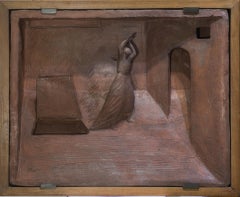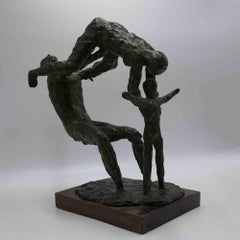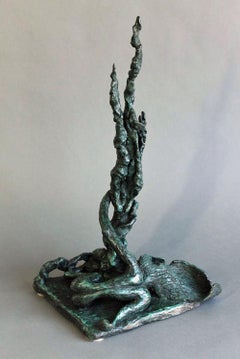Arturo Martini Sculptures
Arturo Martini was an Italian sculptor and engraver. He studied ceramics in Faenza and sculpture in Treviso. His copious artistic production is characterized by immediate plasticity, halcyon inventiveness and thorough mastery of all technical processes like stone, bronze, terracotta, ceramics, etc. Whilst the artist preferred a primitive style in his earliest works, he then sought a simplification of volumes. With an admirable sense of style, he managed to be inspired by the most diverse Historic, Archaic, Etruscan, Romanesque and Baroque forms without losing originality of inventiveness, nor vitality of form. In his latest works, he abandoned sculpture in order to dedicate himself to painting. He was also an excellent illustrator and ceramist and created works of narrative spirit and decorative value.
1930s Italian School Arturo Martini Sculptures
Terracotta
1930s Modern Arturo Martini Sculptures
Bronze
1970s Modern Arturo Martini Sculptures
Bronze
1850s Italian School Arturo Martini Sculptures
Marble, Alabaster
19th Century Italian School Arturo Martini Sculptures
Bronze
Late 18th Century Italian School Arturo Martini Sculptures
Marble
1970s Modern Arturo Martini Sculptures
Bronze
Late 18th Century Italian School Arturo Martini Sculptures
Marble, Bronze
Late 19th Century Italian School Arturo Martini Sculptures
Marble, Bronze
Late 18th Century Italian School Arturo Martini Sculptures
Marble
19th Century Italian School Arturo Martini Sculptures
Marble
Late 18th Century Italian School Arturo Martini Sculptures
Alabaster
1790s Italian School Arturo Martini Sculptures
Alabaster
Late 19th Century Italian School Arturo Martini Sculptures
Alabaster



